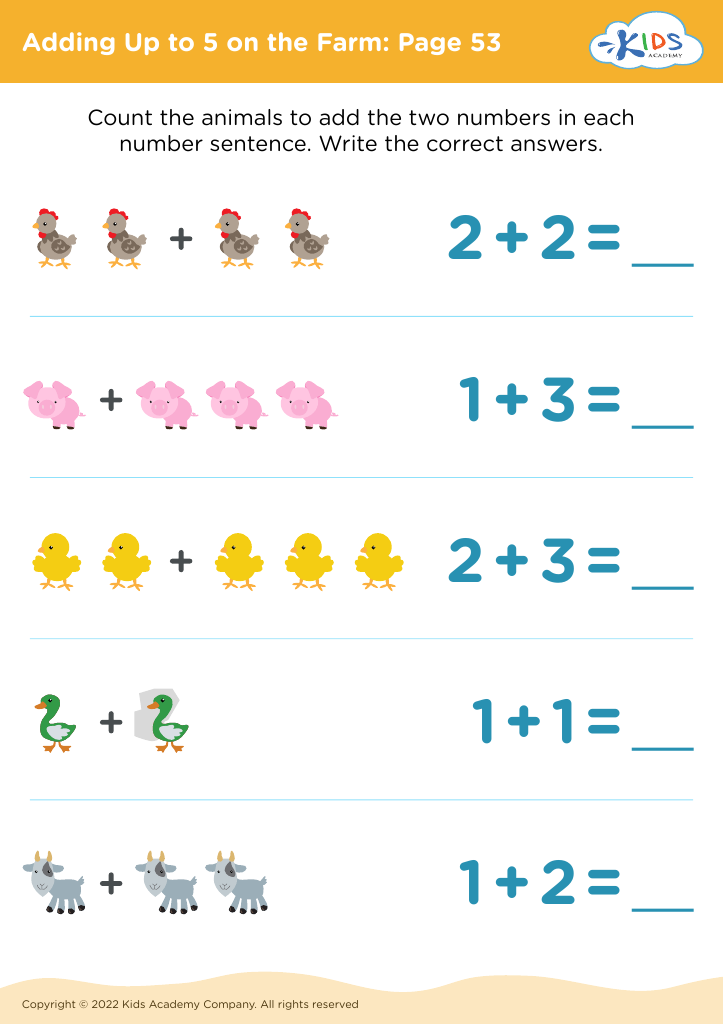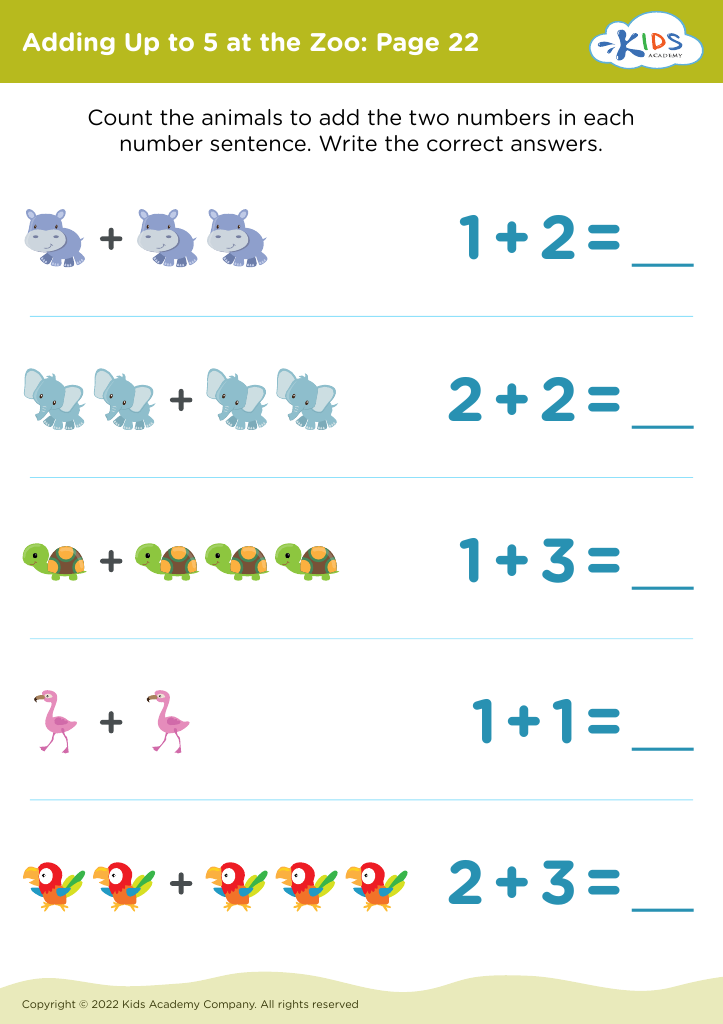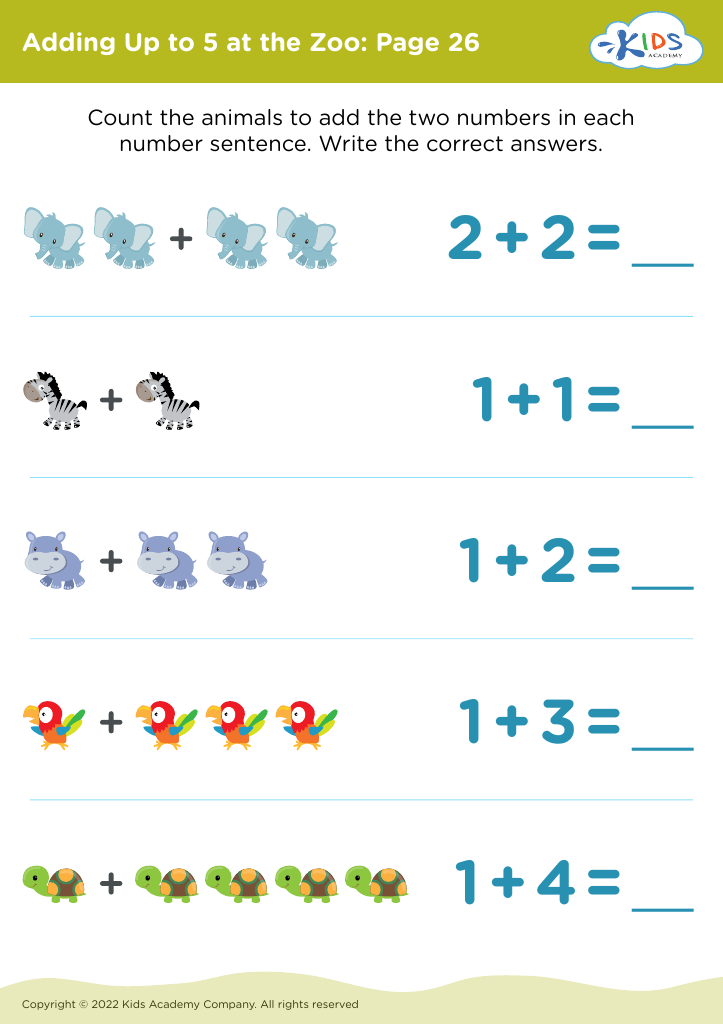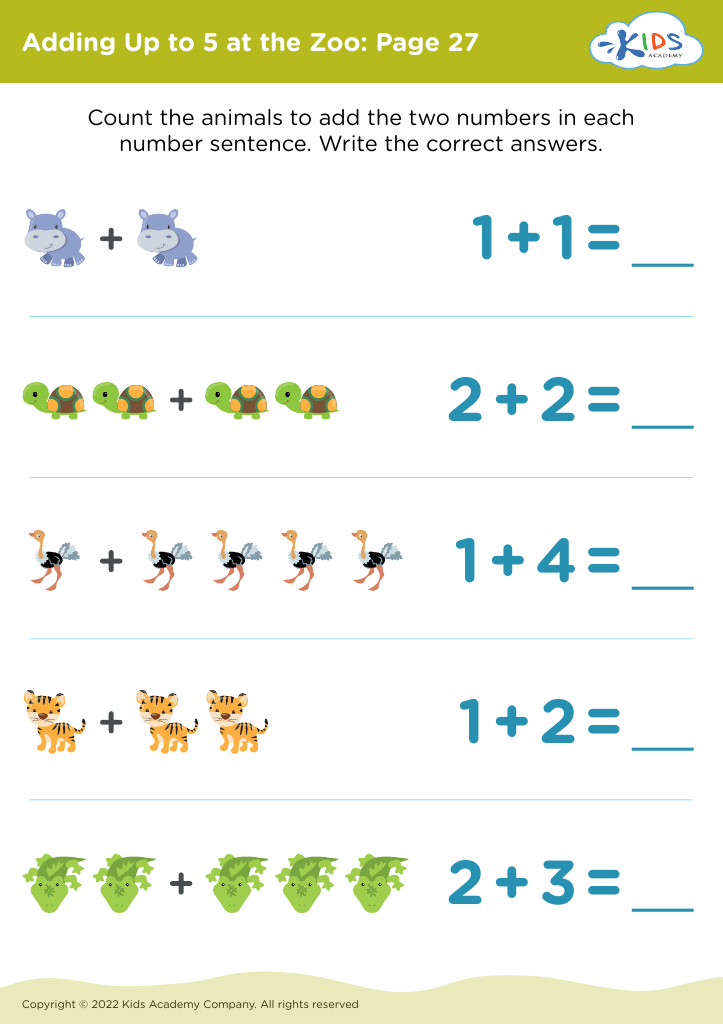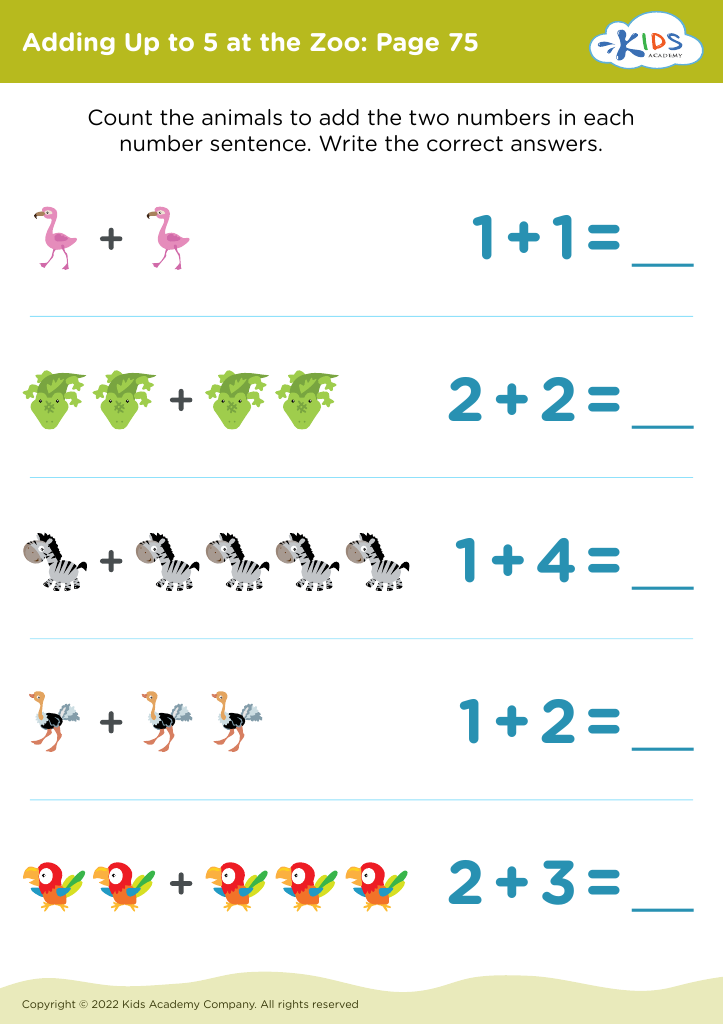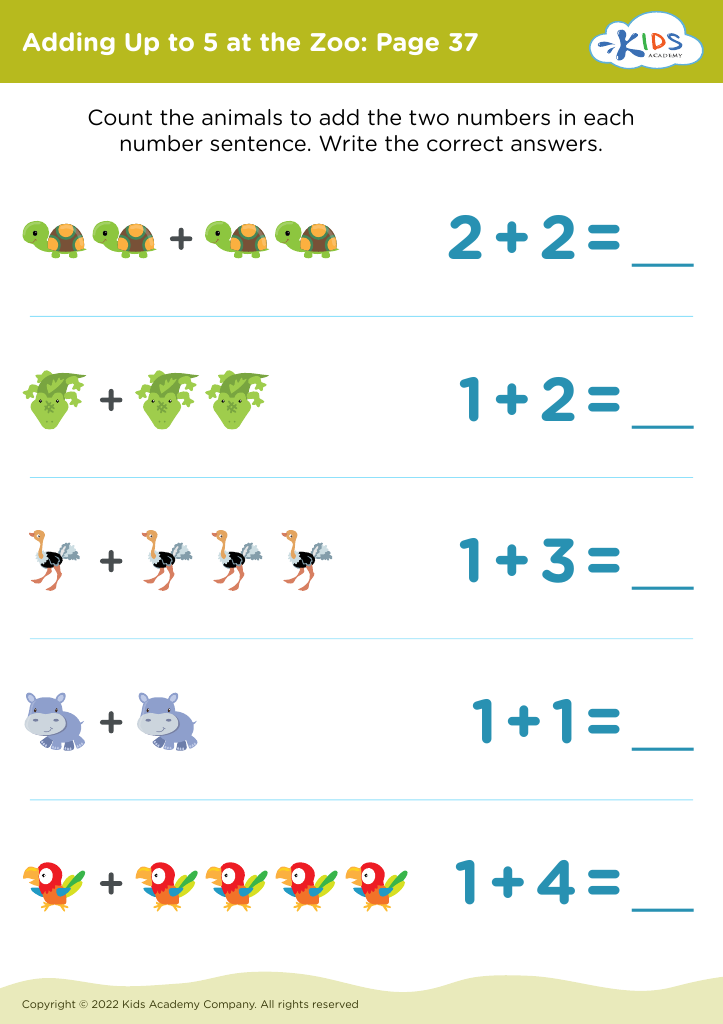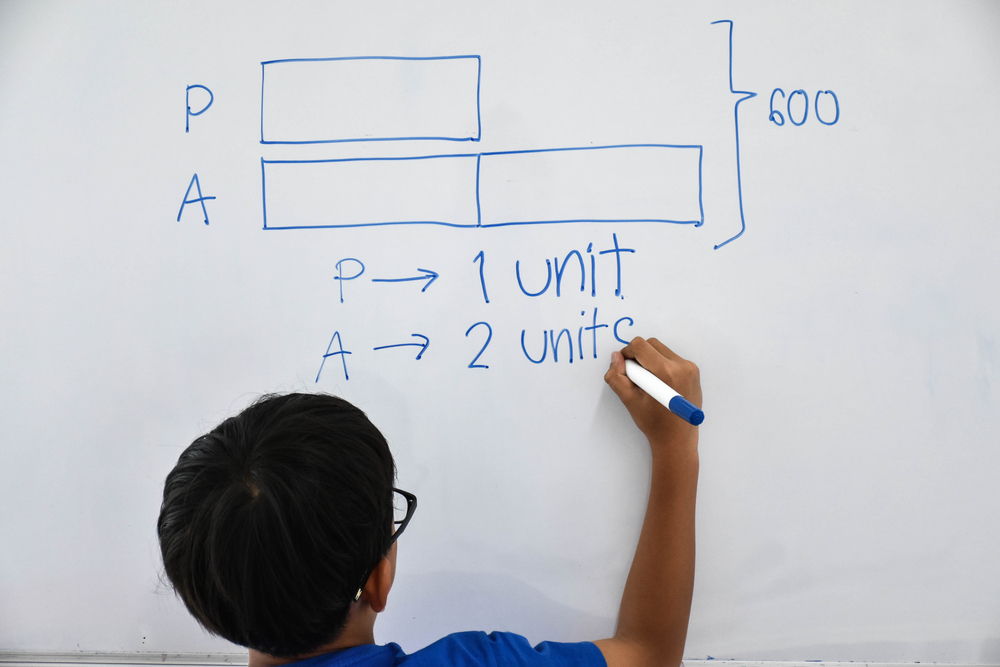Animal recognition Math Worksheets for Ages 5-9
111 filtered results
-
From - To
Enhance your child's math skills while fostering their love for animals with our engaging Animal Recognition Math Worksheets designed for ages 5-9. These interactive worksheets combine fun animal themes with essential math concepts such as counting, addition, and subtraction, making learning enjoyable and effective. Children will identify various animals and solve math problems inspired by their favorites, which helps reinforce their understanding of numbers in an exciting way. Perfect for homeschooling or classroom activities, these worksheets support early math proficiency and animal recognition. Download today and watch your child's confidence and skills grow as they explore the world of math through animals!
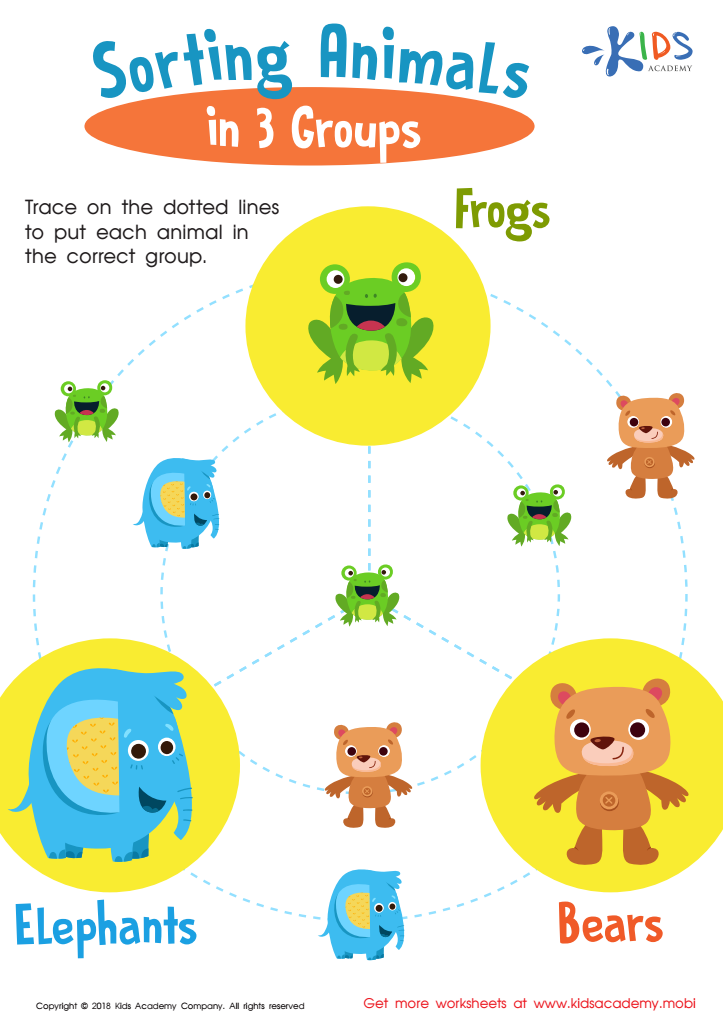

Sorting Animals in 3 Groups Worksheet
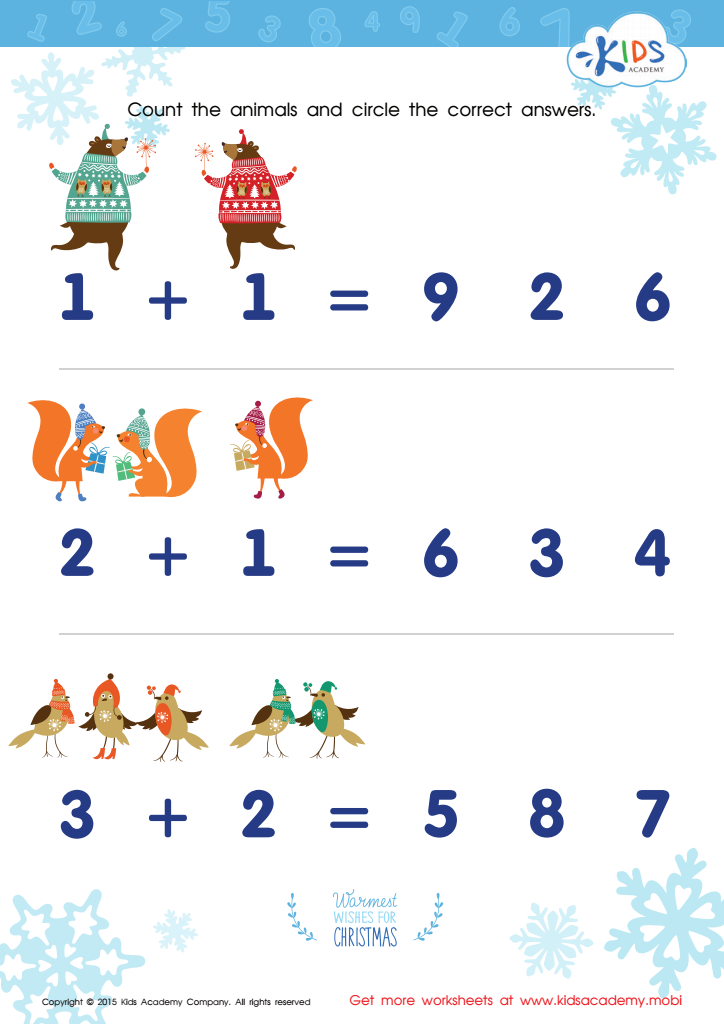

Count Funny Animals Worksheet
Animal recognition math, an engaging concept for children aged 5-9, combines math skills with the natural curiosity children have for animals, making learning both fun and memorable. Parents and teachers should care about this educational approach for several compelling reasons.
Firstly, it fosters critical thinking and problem-solving skills. By using animals to teach mathematical concepts like counting, addition, and subtraction, children can visualize these concepts in real-world scenarios. For instance, if a young learner is counting lions in a picture, they not only practice numbers but also develop visual analysis and categorization skills.
Secondly, animal recognition builds vocabulary and engagement. Learning about various animals can spark children's interest, encouraging them to communicate their ideas and ask questions, thereby enhancing their language skills alongside math.
Furthermore, integrating animals into math lessons promotes emotional development. Animals often evoke empathy and excitement, enabling children to form positive associations with learning. This can lead to improved concentration and motivation in subjects they might otherwise find daunting.
Overall, animal recognition math enriches the educational experience, making it holistic, interactive, and beneficial for the cognitive and emotional growth of young learners. Encouraging this approach can lay a foundation for successful learning across multiple areas.
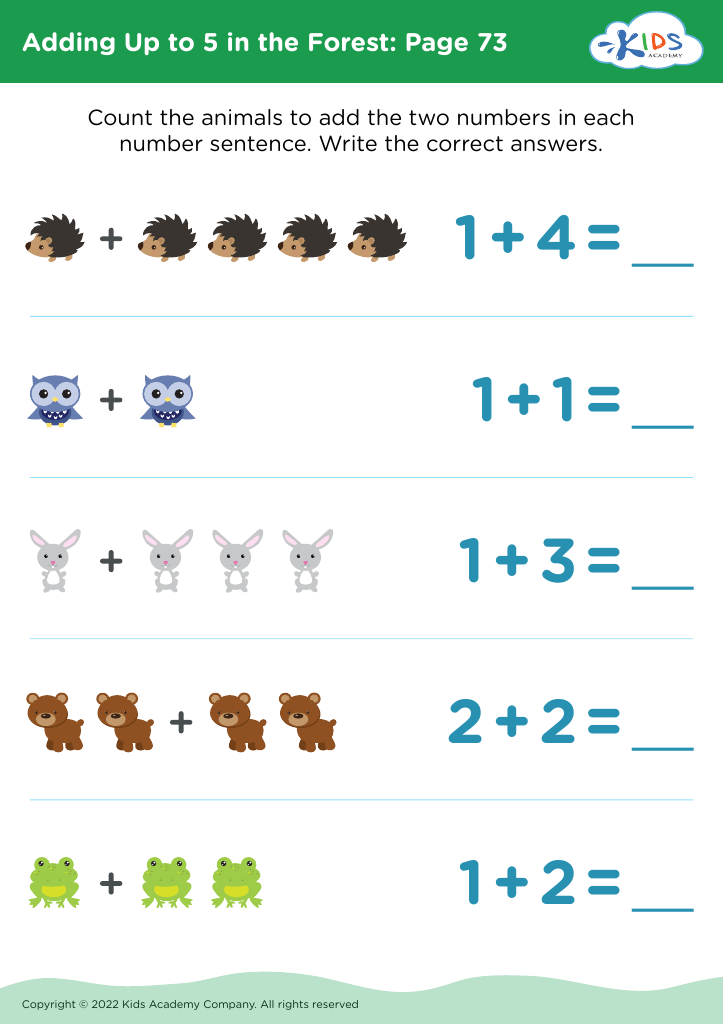

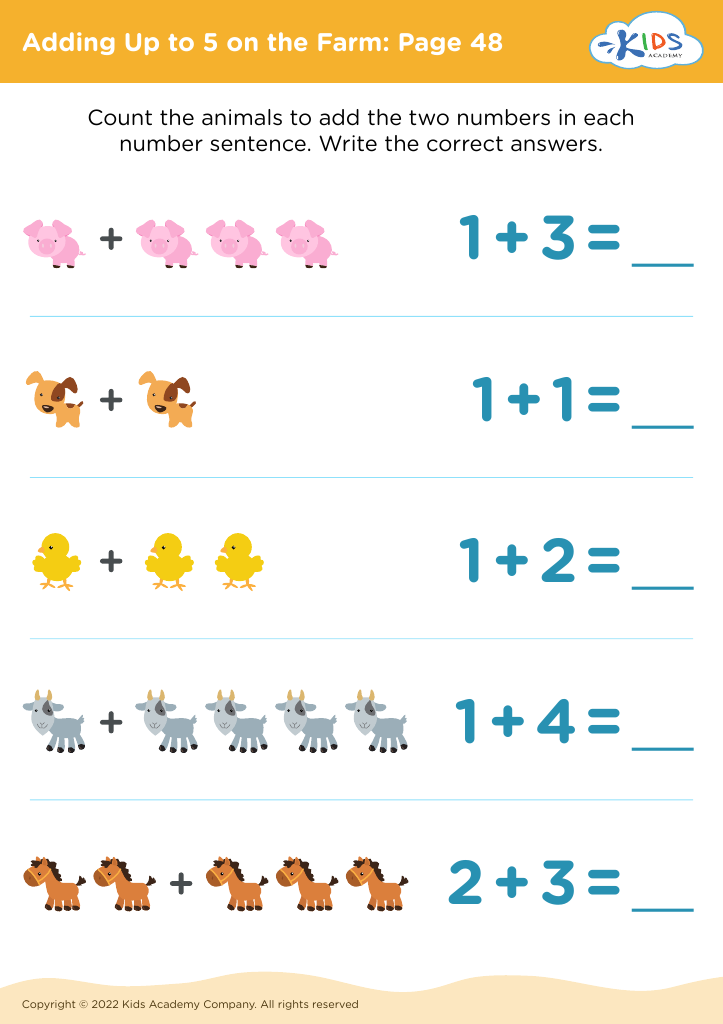
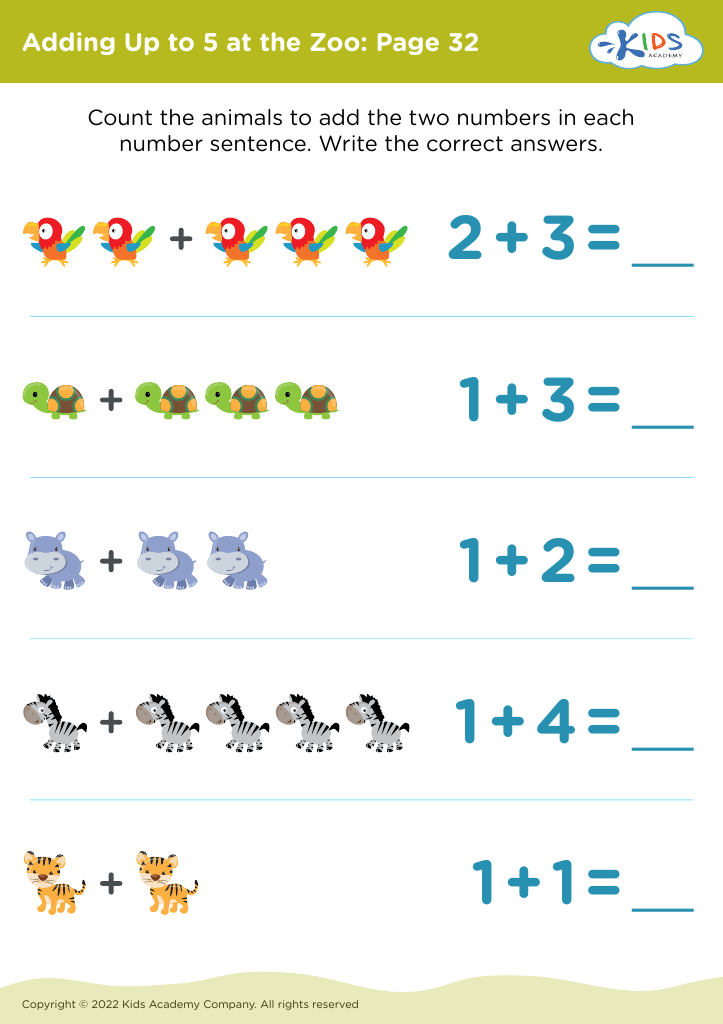
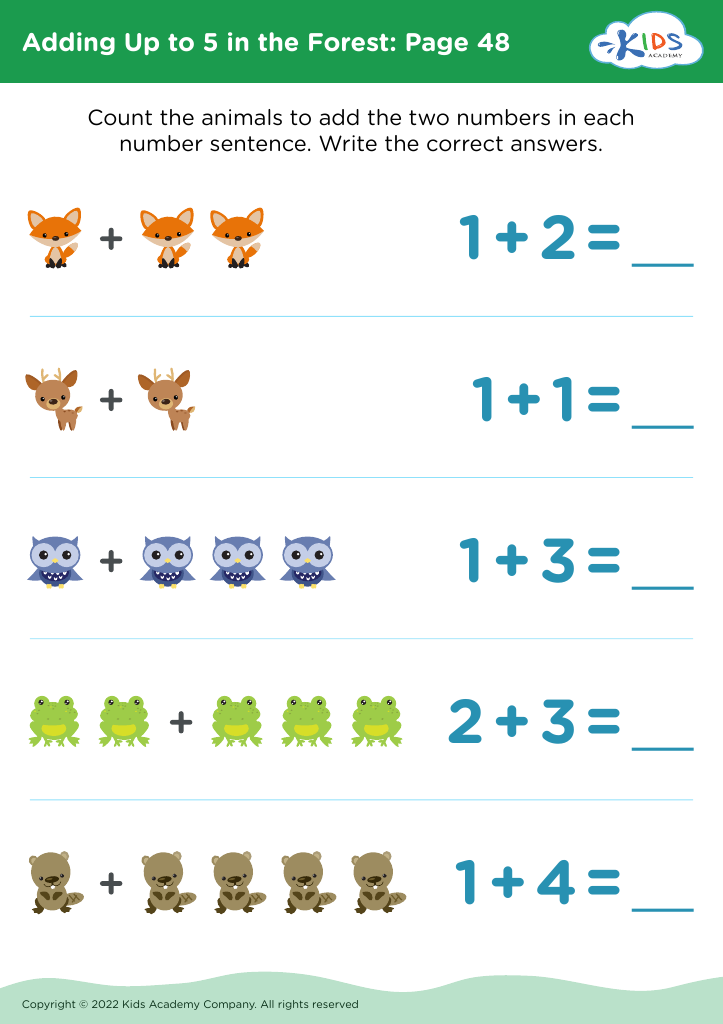


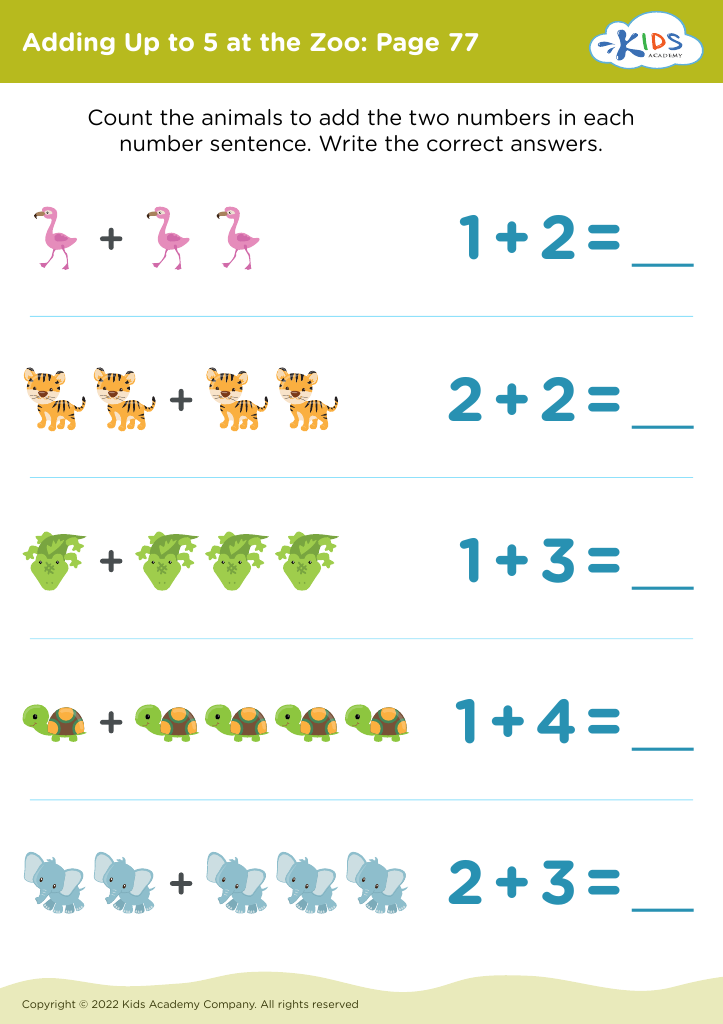
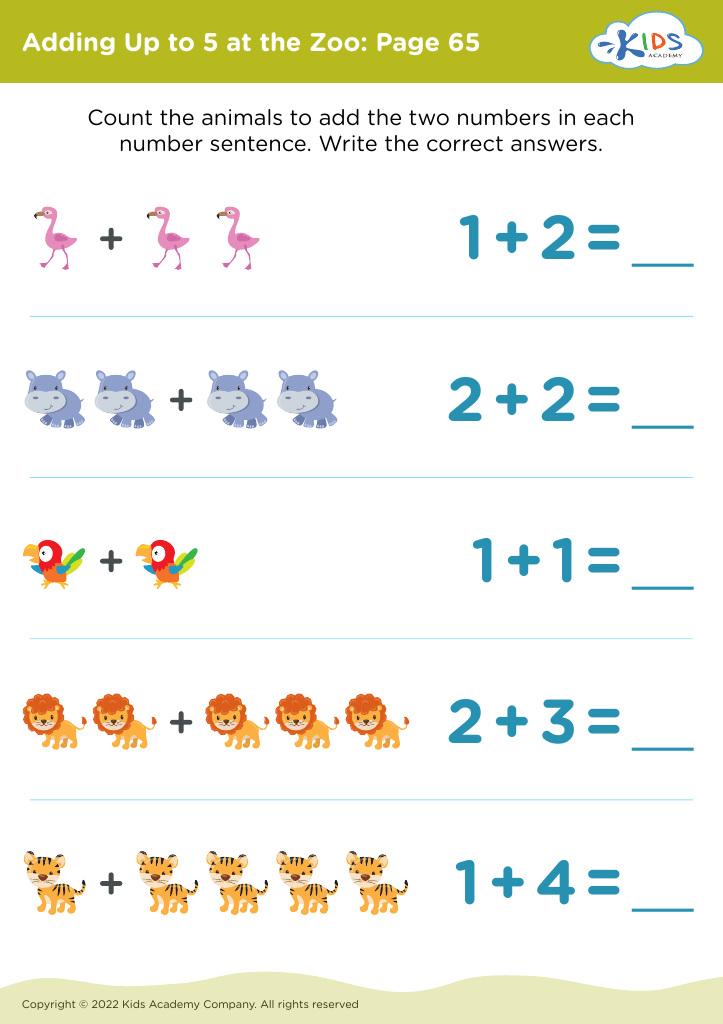
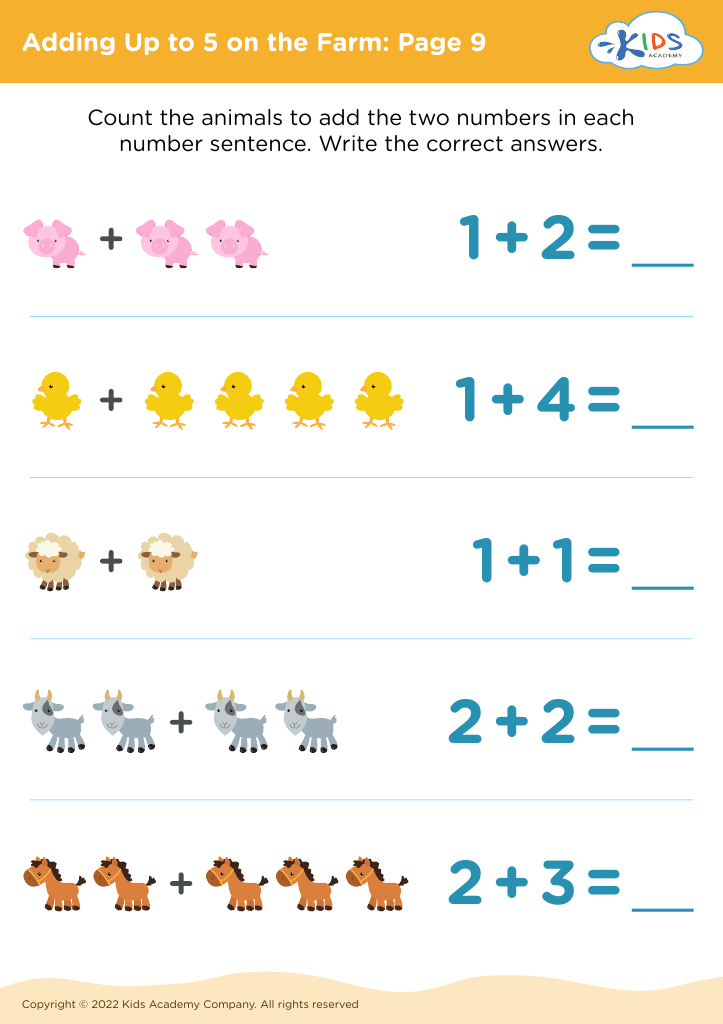
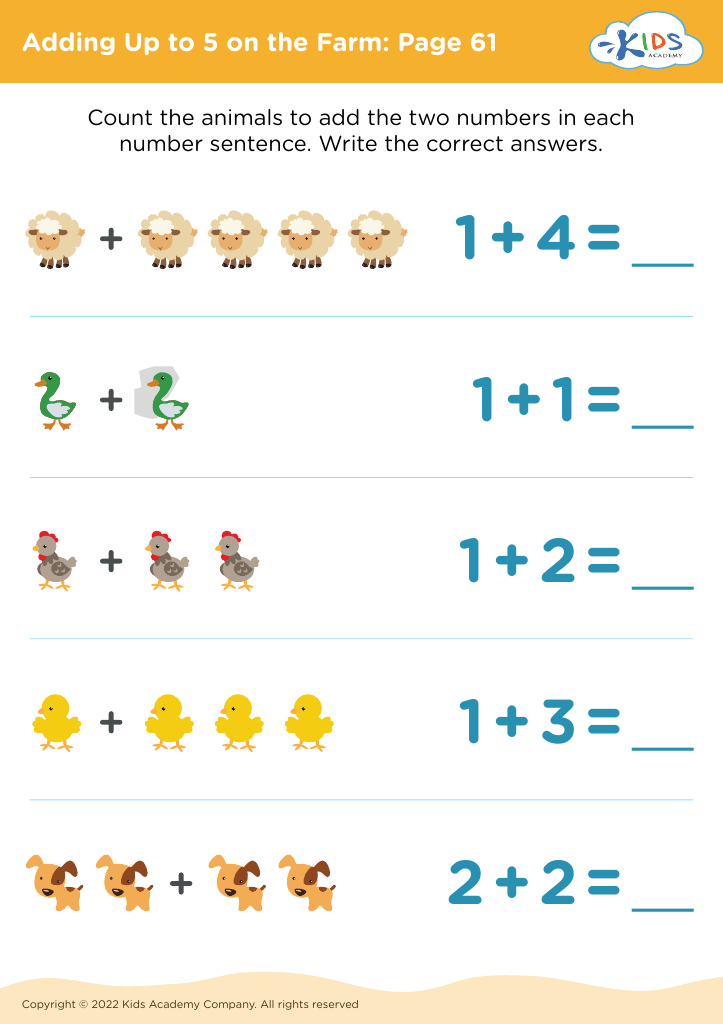
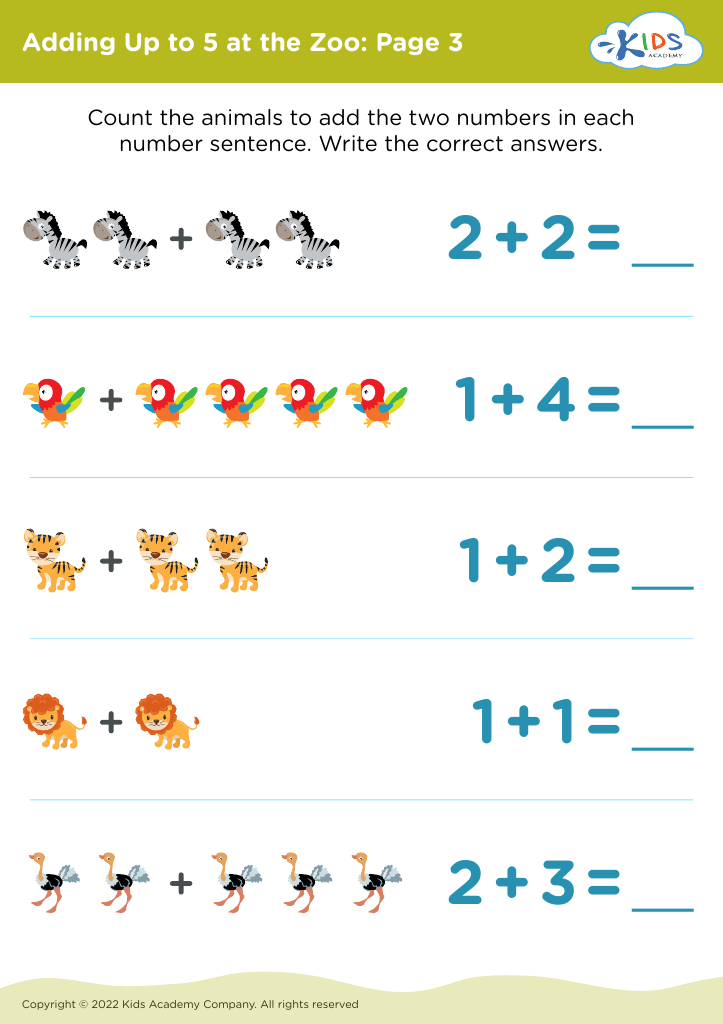
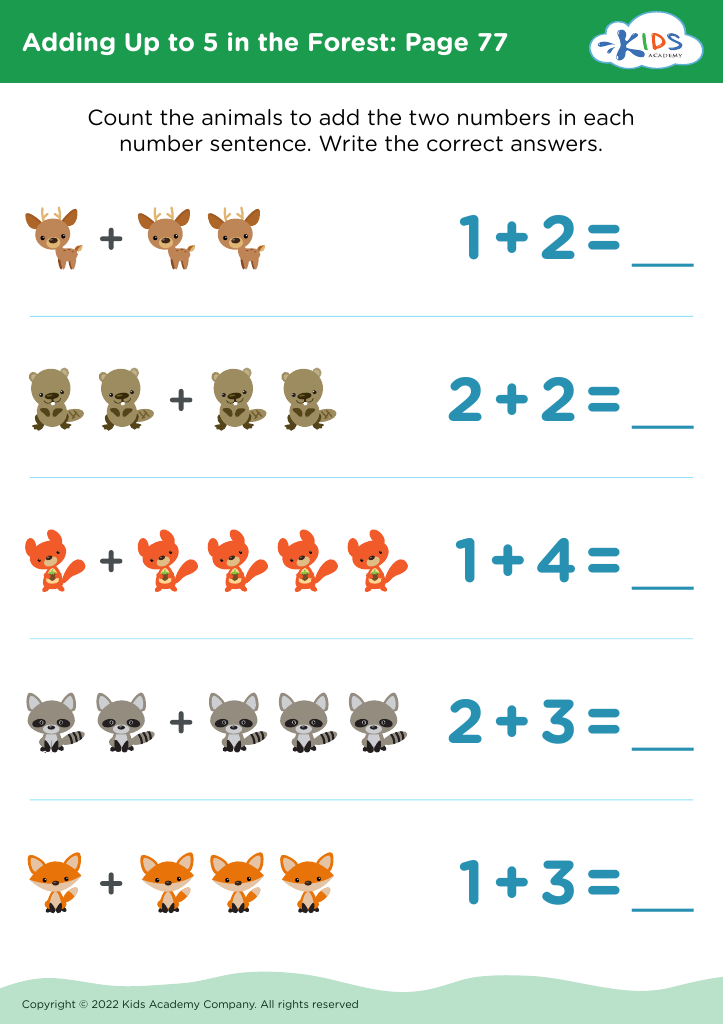

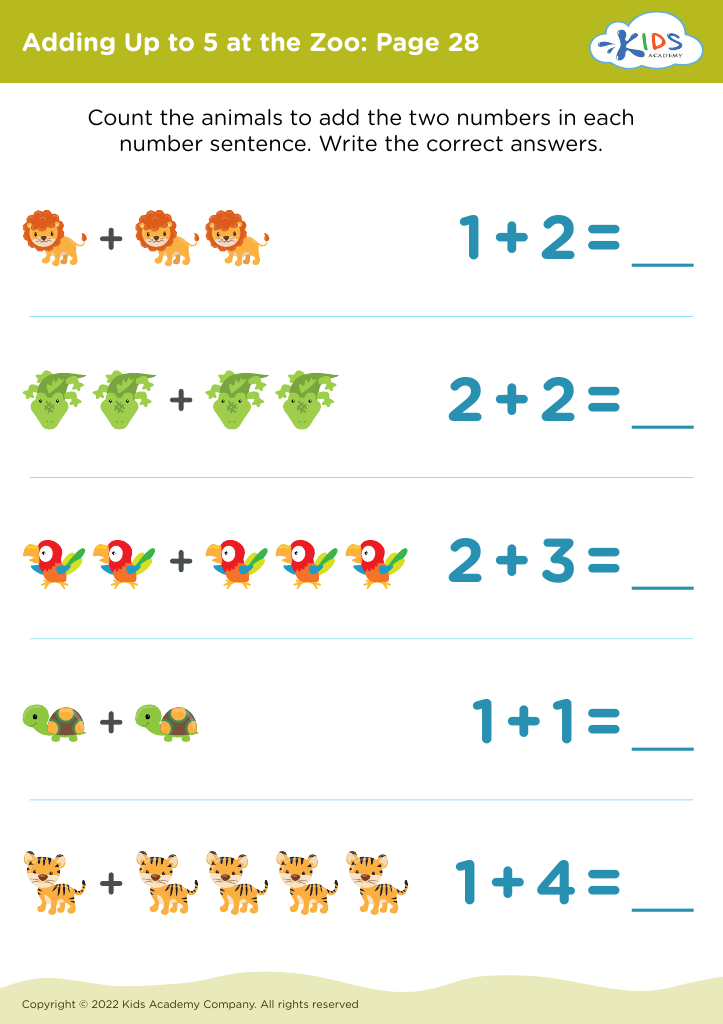
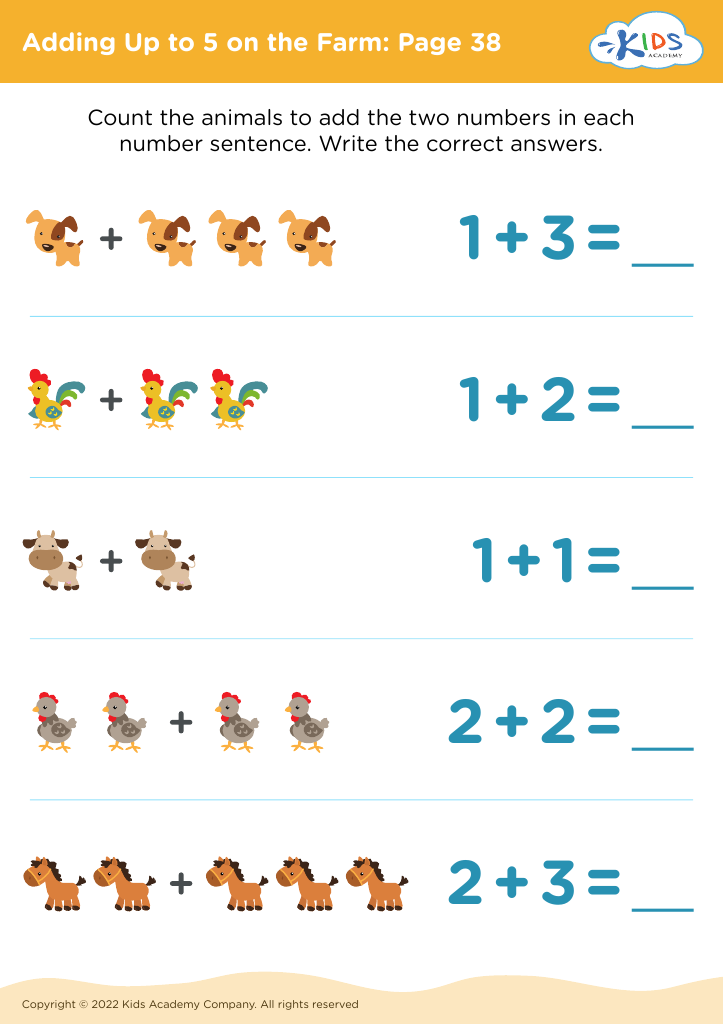
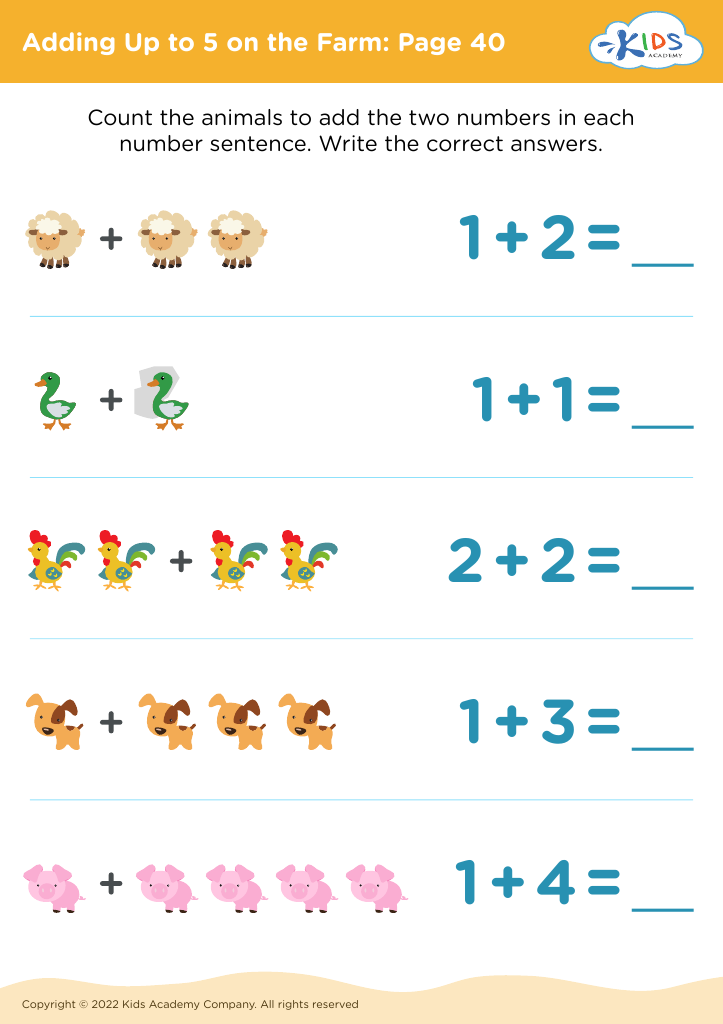
 Assign to My Students
Assign to My Students
